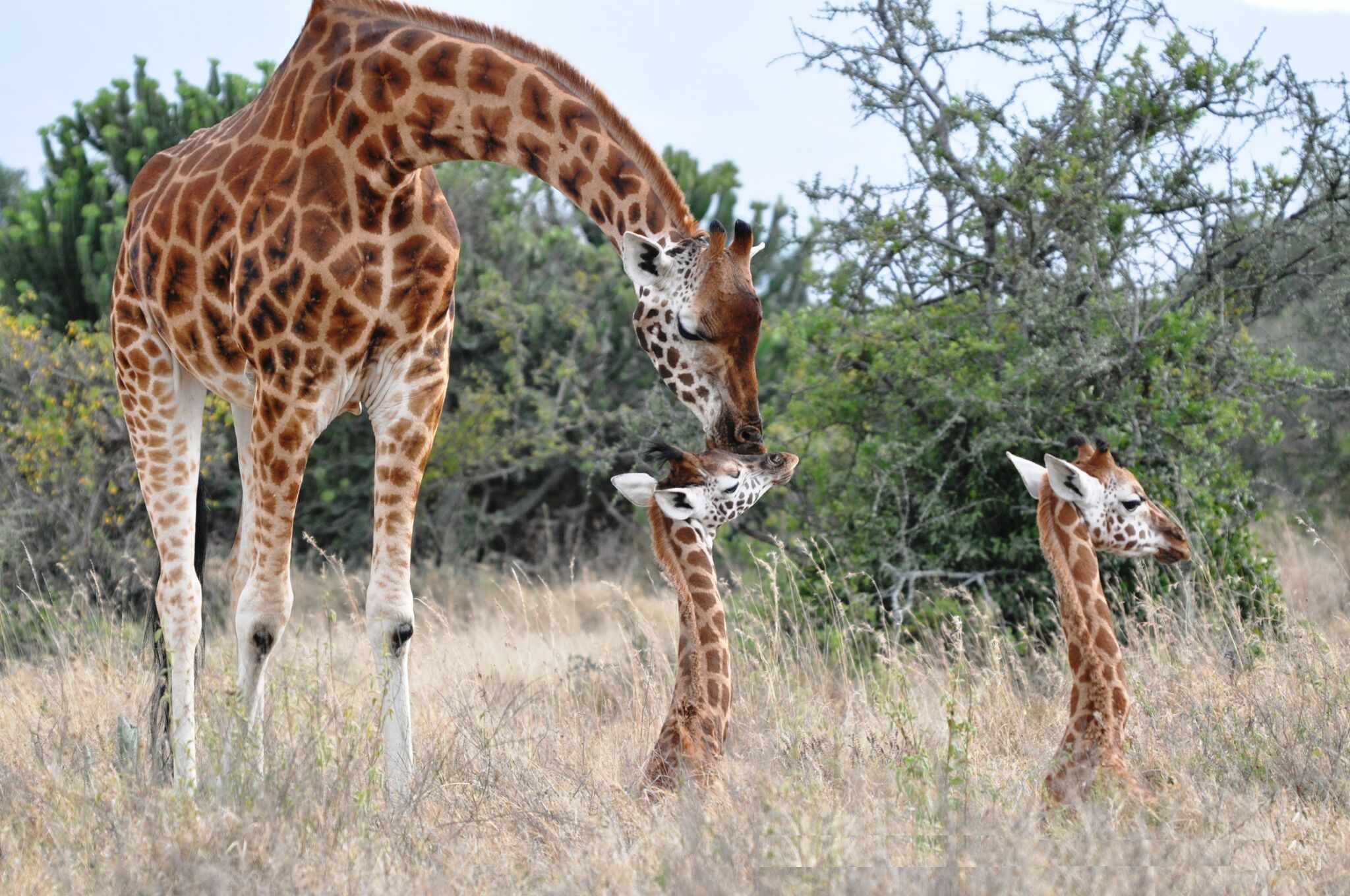
Giraffe populations declining, forced to live alongside predators
Over the last three decades, giraffe populations have dropped by 40 percent, and there are now only an estimated 98,000 giraffes remaining in the wild. Researchers from the University of Bristol have found that one significant cause of this sharp decline is the fact that giraffes are living alongside their biggest predators in many protected regions.
Lions are the only predators which are a threat to giraffes on an individual basis. Prior to this study, however, research has never been conducted to see how the presence of lions affects the overall giraffe population.
Zoe Muller, a PhD student at Bristol’s School of Biological Sciences, is the author of the study.
“It is thought that lions preferentially target giraffe calves in the wild, and there is anecdotal evidence of this, including observations of lions eating young giraffe carcasses and of lion claw marks on adult females (thought to be a result of them defending their calves),” said Muller.
Muller’s study was focused on giraffe populations at two adjacent sites – one which had a high density of lions and another which had no lions. Muller found that the presence of lions had a major impact on the giraffes.
The region which contained no lions had a giraffe population which consisted of 34 percent juvenile individuals, yet the population of giraffes which lived alongside lions contained only six percent juvenile individuals.
Muller estimates that the number of calves can be reduced by as much as 82 percent when giraffes are exposed to lions in conservation areas.
“This research has significant practical implications,” said Muller. “Giraffes are a threatened species, suffering ongoing decline in the wild, and this research highlights how managing giraffes alongside lions inside a conservation area (a common practice in Africa) has detrimental effects for giraffe populations.”
“This research highlights the need for an urgent reassessment of how populations of giraffes are managed in the wild, given their Vulnerable Red List status and severe and ongoing decline.”
The study is published in the journal PLOS One.
—
By Chrissy Sexton, Earth.com Staff Writer
Image Credit: Zoe Muller, University of Bristol













